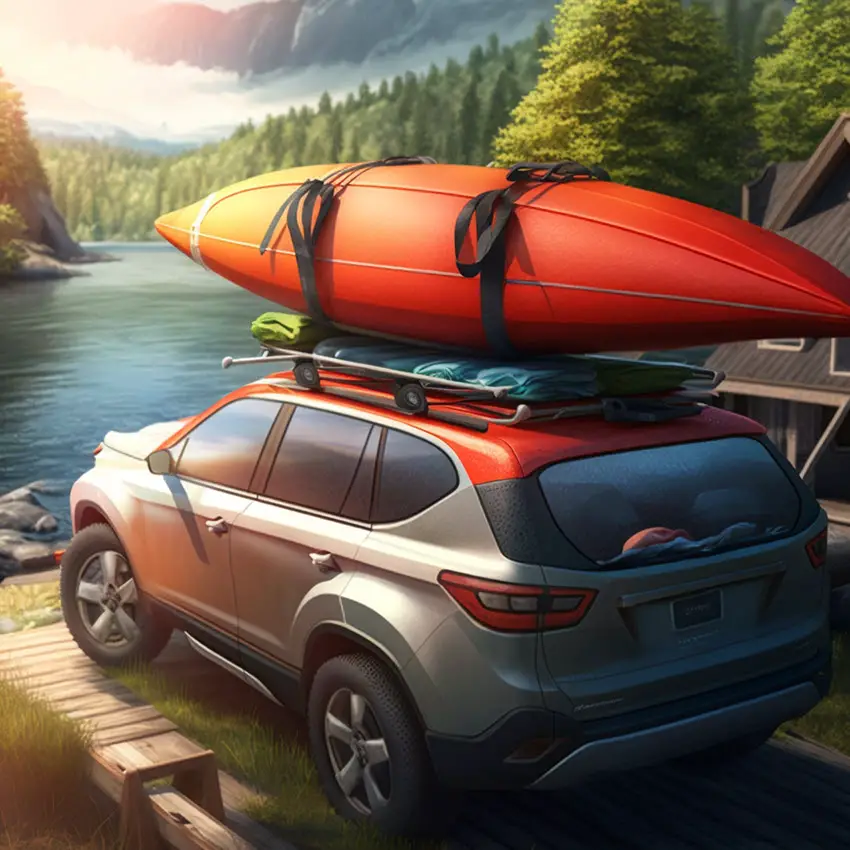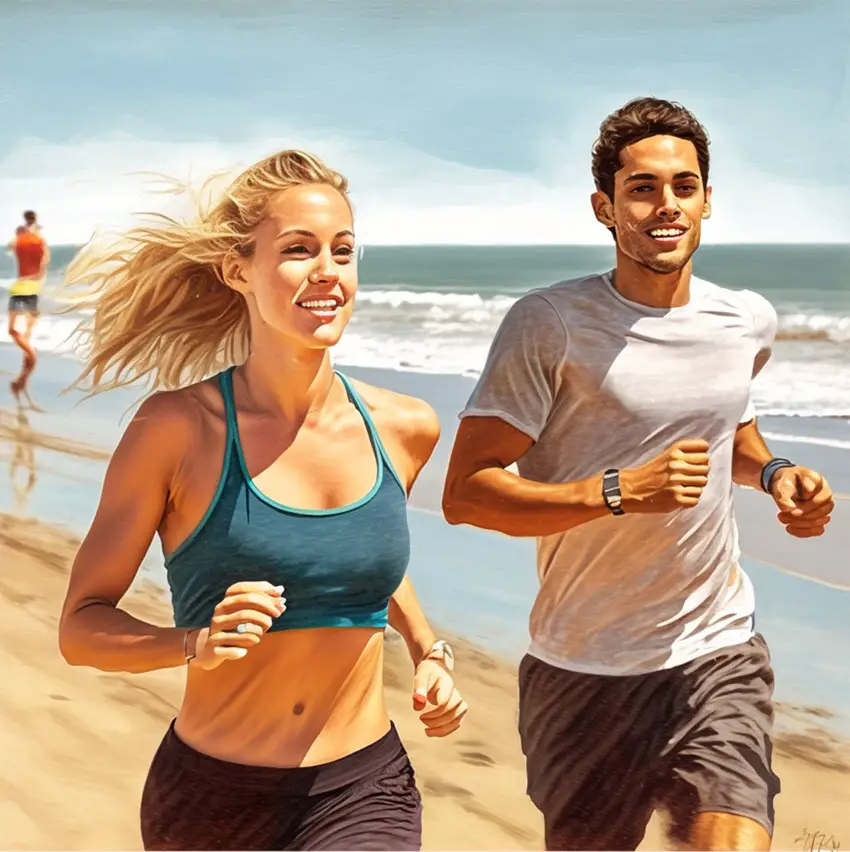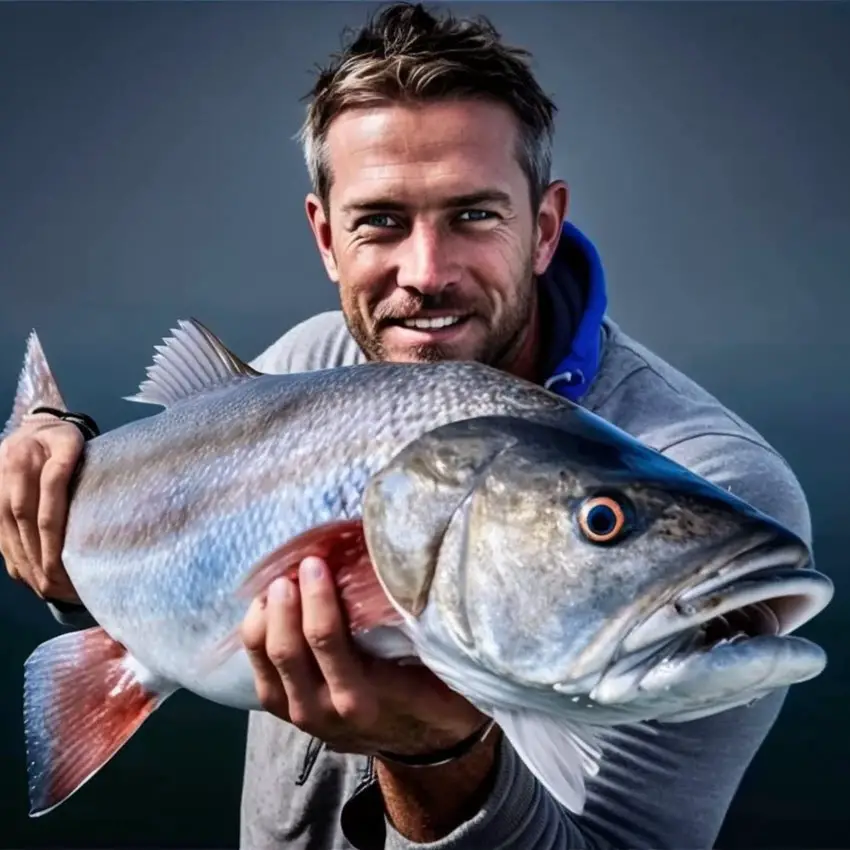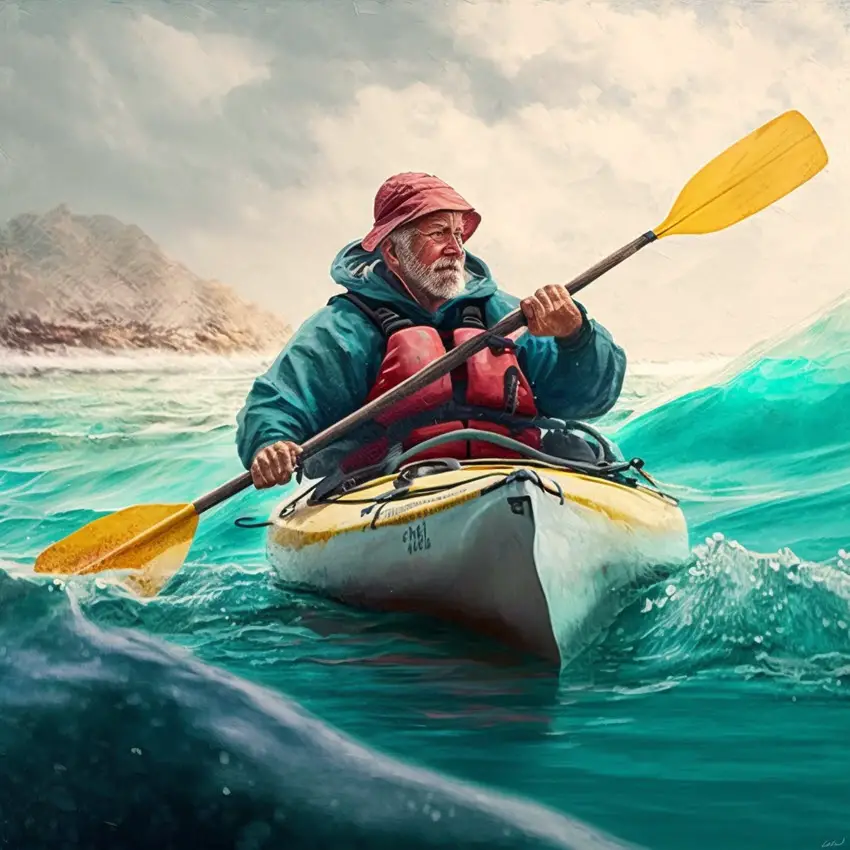Active At The Beach
Beach fun made easy with tips, tutorials, and reviews
Welcome to Active at the Beach!
Whether you’re looking for a relaxing day on the beach, or an active one full of adventure and excitement, Active at the Beach has you covered!
Get ready to explore the sand and surf with helpful tips for beach activities like running, camping, kayaking, fishing, and more. We offer comprehensive reviews of the best beach gear to help make your next beach trip perfect.
Join us to learn how to make the most of your time in the sun – and with any luck, catch some great waves along the way.
REFERENCED BY
MOST POPULAR TOPICS
RECENT POSTS
FISHING
-
North Carolina Fishing License: Get Legal in a Few Easy Steps

Are you planning a fishing adventure in North Carolina? This article aims to provide you with simple and straightforward information on how to obtain fishing licenses in the state. By continuing to read, you’ll gain all the necessary information to ensure your fishing trip in North Carolina is both successful and legal. Discover the right…
-
North Carolina Saltwater Fishing Regulations [2023]: Top 47 Game Fish
![North Carolina Saltwater Fishing Regulations [2023]: Top 47 Game Fish](https://cdn-0.activeatthebeach.com/wp-content/uploads/2023/05/North-Carolina-Saltwater-Fishing-Regulations.jpg)
Are you getting ready for an amazing saltwater fishing adventure in North Carolina? If so, you’re in for a lot of fun! But, before you bait your hook, you should learn about the North Carolina Saltwater Fishing Regulations. These important rules, made by the North Carolina Department of Environmental Quality (NC DEQ) and the Wildlife…
-
Get Your Massachusetts Fishing License in No Time with These Fast and Simple Steps
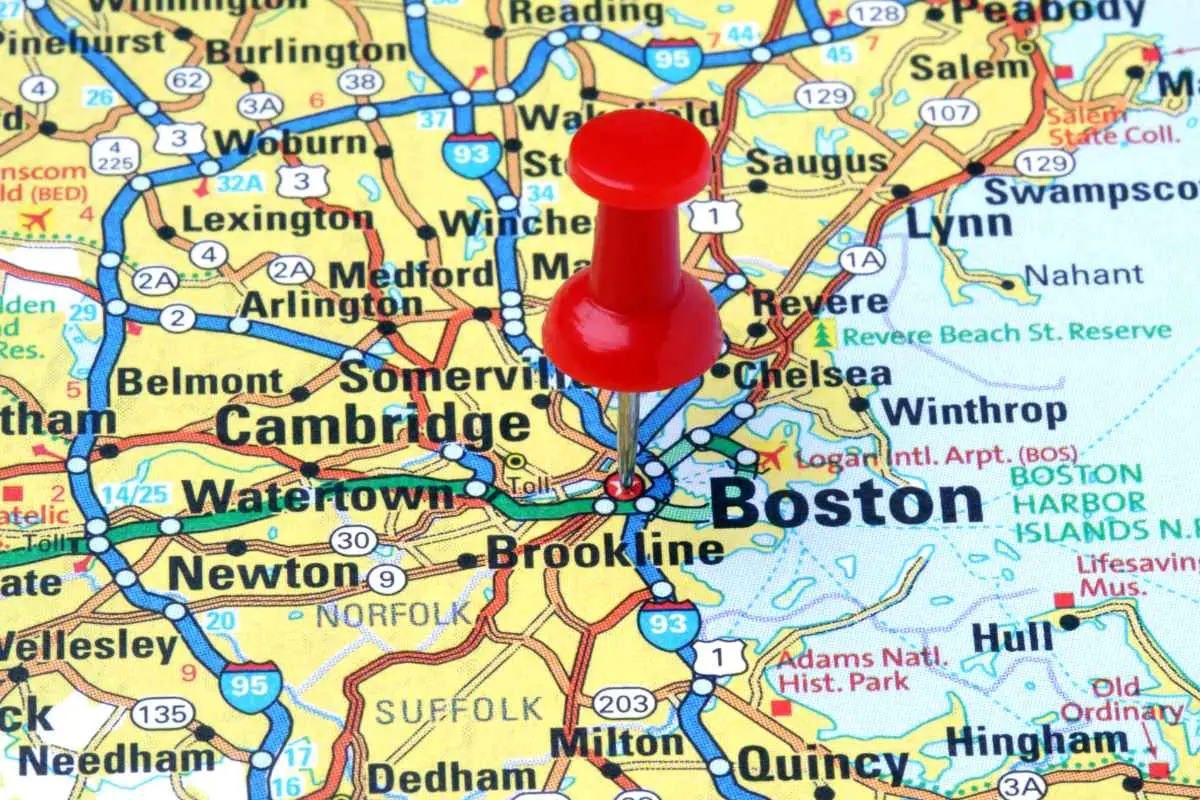
Are you getting ready for an exciting fishing trip in Massachusetts? Well, before you start reeling in the big catch, it’s crucial to have a good grasp of Massachusetts fishing licenses and permits. In this guide, we’ll cover all the essentials, from Mass saltwater fishing licenses and freshwater fishing licenses to Massachusetts saltwater fishing permits….
BEACH ACTIVITIES
-
How To Calculate Calories Burned Running On The Beach

You are excited about beach running to improve your fitness and increase your stamina. But need to know how to calculate exactly how many calories you burn running on the beach, you need to know how fast you run and how far. Running on the beach is excellent for fitness, as most people know. But…
-
The Complete Beach Camping Trip Checklist And Recommends For Beginners

You want to start your next adventure but don’t know how to begin? It’s a snap with our Beach camping guide. Learn about different campgrounds, packing essentials, how you plan on cooking and setting up your campsite. We include videos tips that cover important camping skills you won’t want to miss in this beach camping…
-
How Do You Keep Valuables Safe At The Beach?

Going to the beach is great, but keeping valuables safe at the beach or in the water proves to be challenging. I found a few ways that have worked for me in the past and researched a few more that will help. How do you keep valuables safe at the beach? Take it swimming with you…
KAYAKING
-
Galveston Kayak & Boat Launches: Best Inshore & Bay Locations
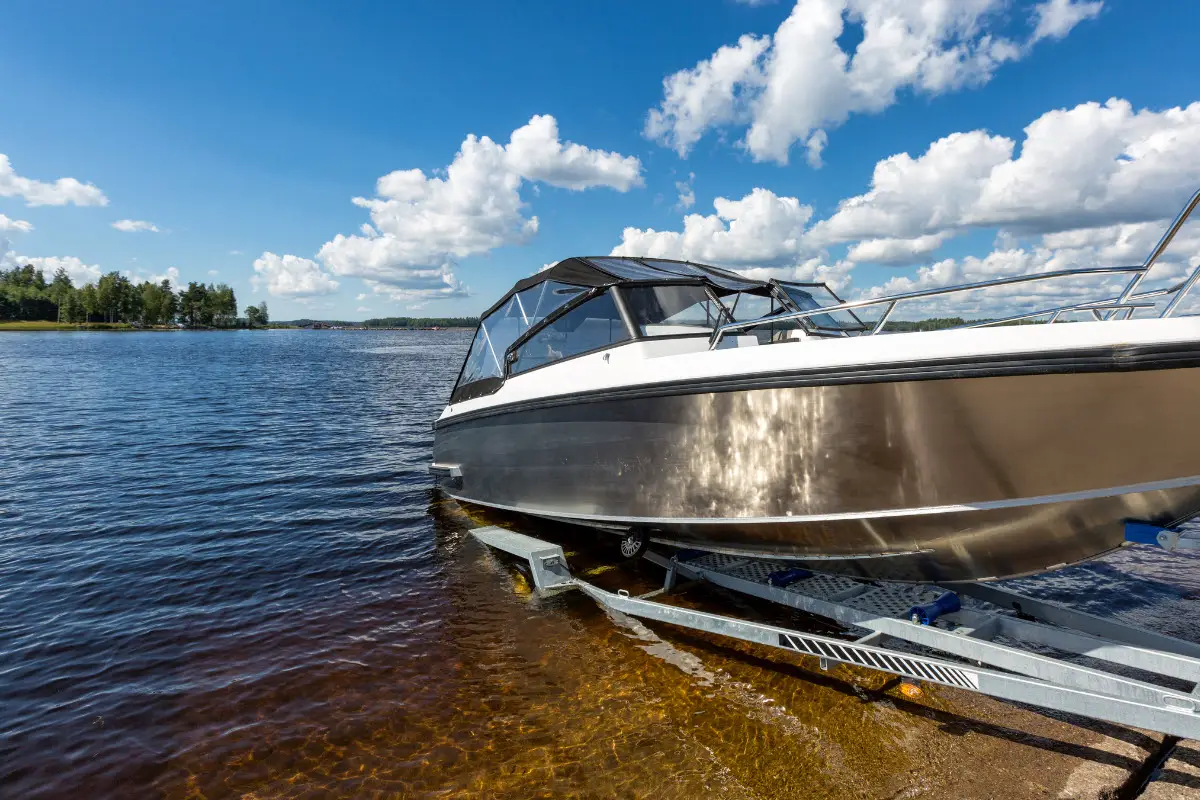
Ready to explore the bays and coasts by boat or kayak? Then head on over to Galveston, Texas! There are plenty of boat ramps and launching spots so you can embark on an adventure. Whether it’s a peaceful paddle through the waters or some exciting fishing – there is something for everyone! Taking your kayak…
-
How To Keep Cool Kayaking With A Fan
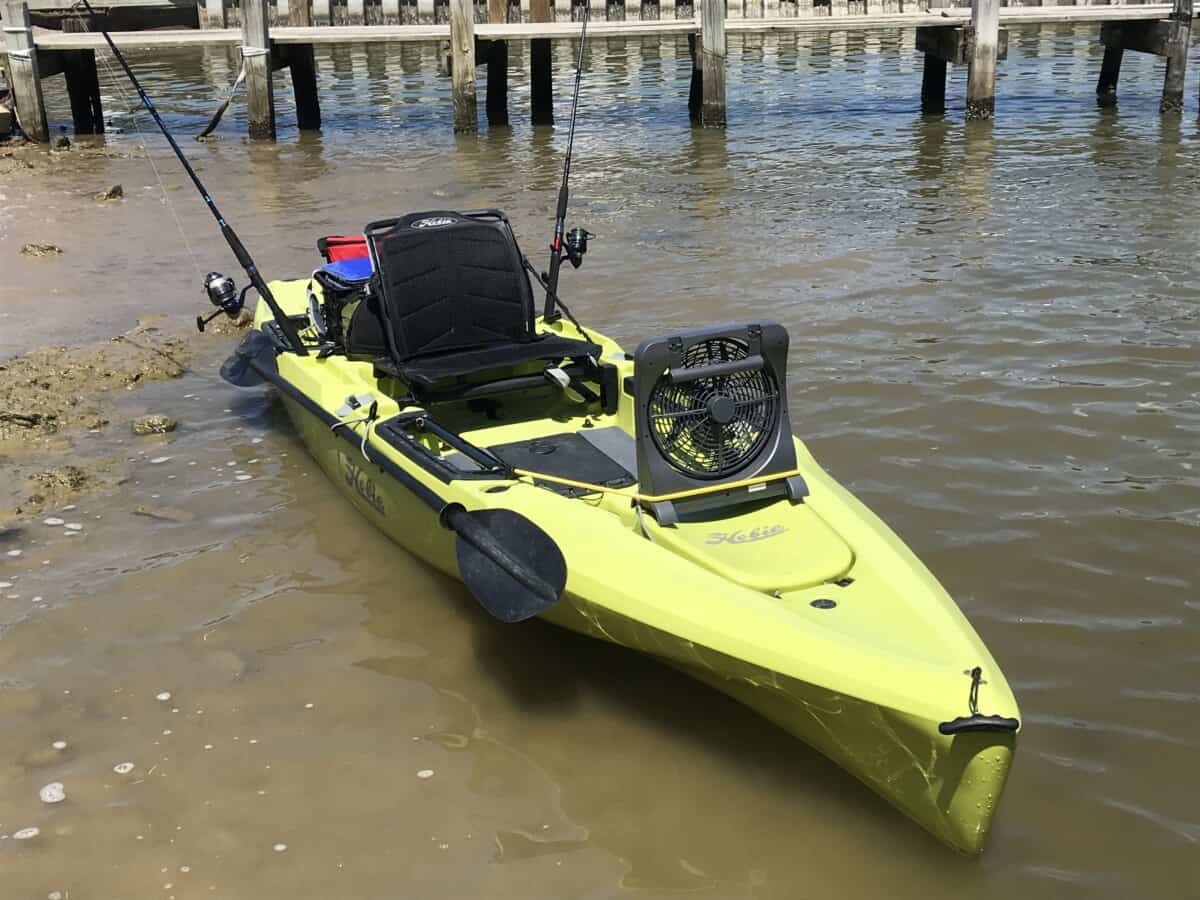
If you’re feeling the heat while out fishing in your kayak, here’s an innovative idea to help you stay cool and fish more comfortably. In South Texas, it gets pretty hot in the summer months, so it’s essential to get creative about staying cool if you want to spend any time on the water. I…
-
How Long A Kayak Can Your Vehicle Carry For All Vehicles
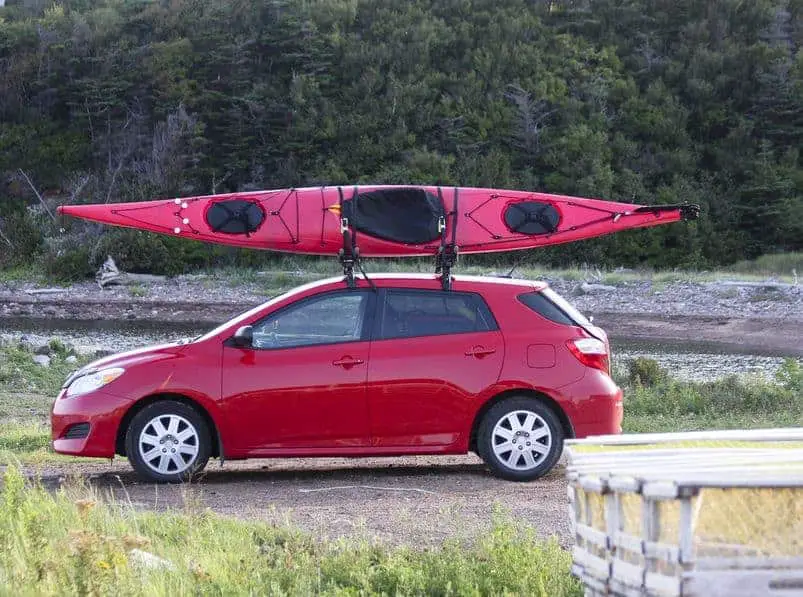
Congratulations on your new kayak! Like most people, you can’t wait to get it out on the water. But before you do, you must figure out how to transport your kayak from your house to the lake. Most cars can accommodate one or two kayaks without issue, but it’s always smart to check your car’s…
RIGS AND LURES
-
Circle Hook Size Chart: A Comprehensive Guide for Anglers
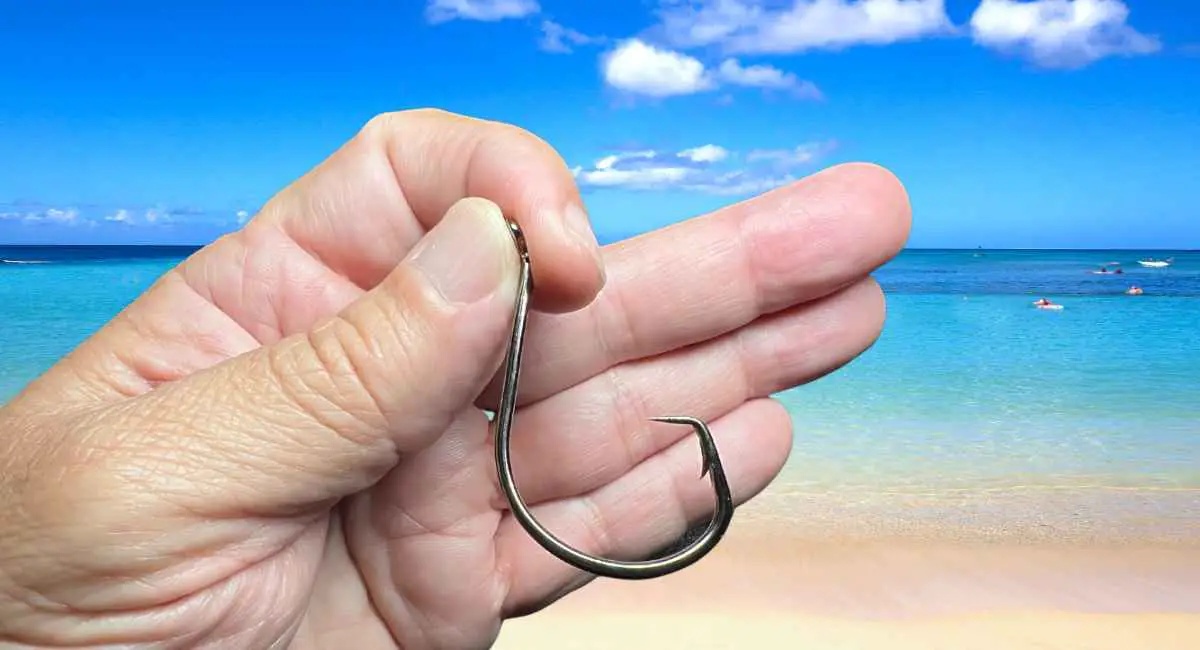
Ready to level up your fishing game? Look no further than our Circle Hook Size Chart! I can tell you that choosing the right hook size is crucial for landing those big catches. Whether it’s the 2/0 circle hooks, size 4 circle hooks, 2 circle hooks, or size 1 circle hooks, we’ve got you covered….
-
Top 3 Rigs for Landing More Speckled Trout: Expert Advice to Increase Your Catch
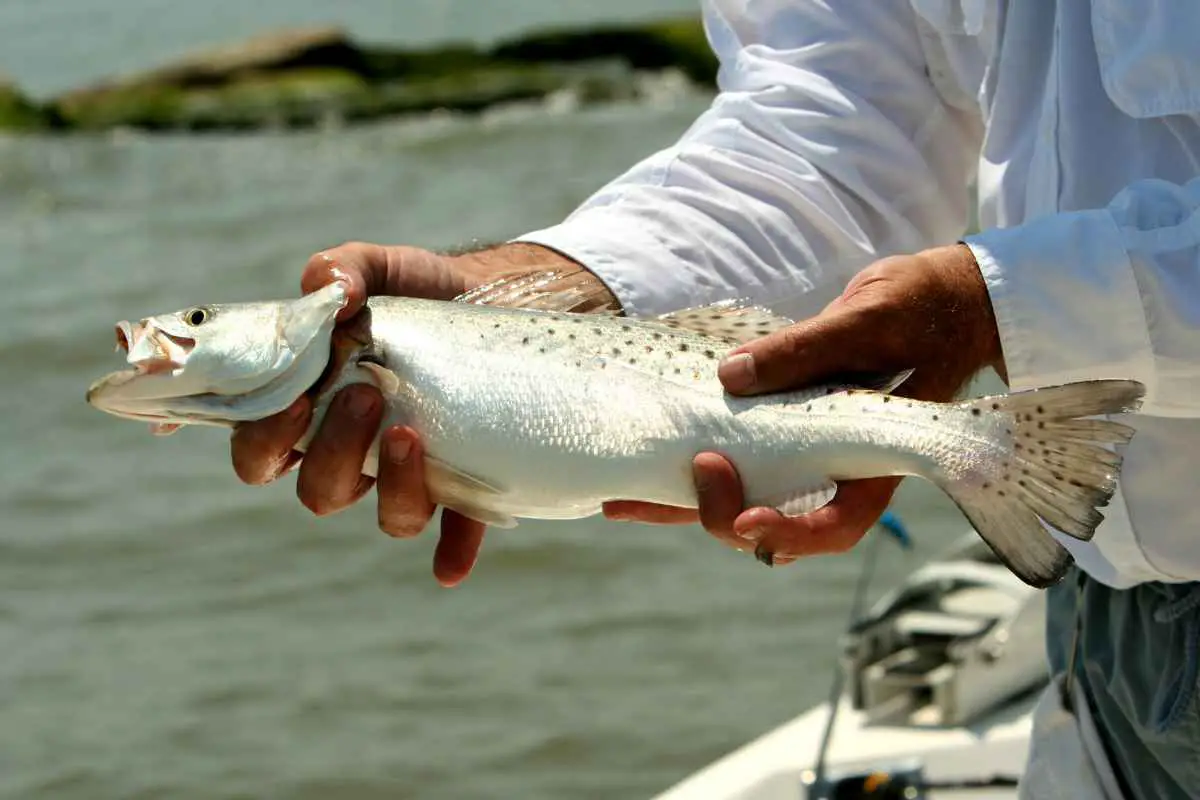
Are you ready to try out my favorite rigs for catching speckled trout? I’m going to cover the best ways I have found to rig your gear and increase your chances of landing these popular saltwater fish. You’ll learn the essentials of creating a successful setup, including the Carolina rig, the double rig, and the…
-
Surf Fishing Hook Size: What You Need to Know to Catch the Big One
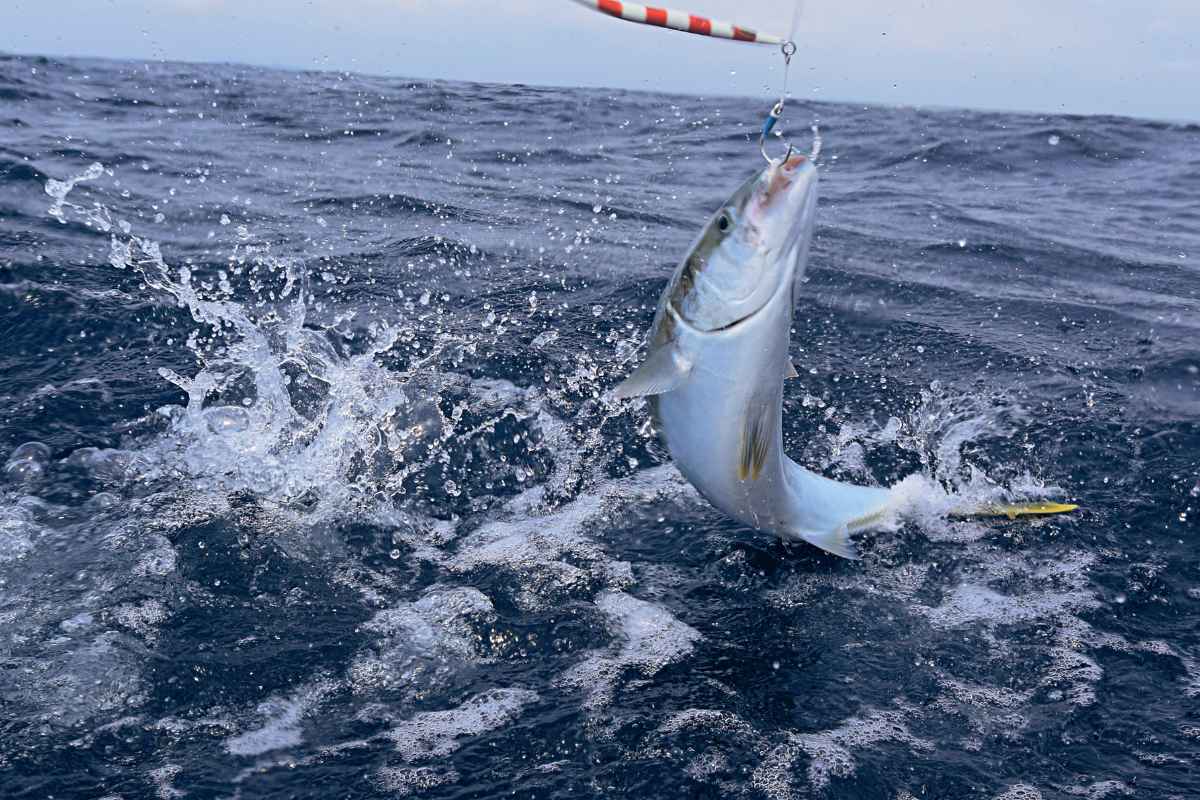
Looking to enhance your surf fishing trips with the perfect hook size? Discover the best hook sizes for surf fishing, including octopus hooks and circle hooks, to maximize your chances of catching surf perch and have an exciting beach fishing experience. Get ready to elevate your surf fishing game and find out the ideal hook…





